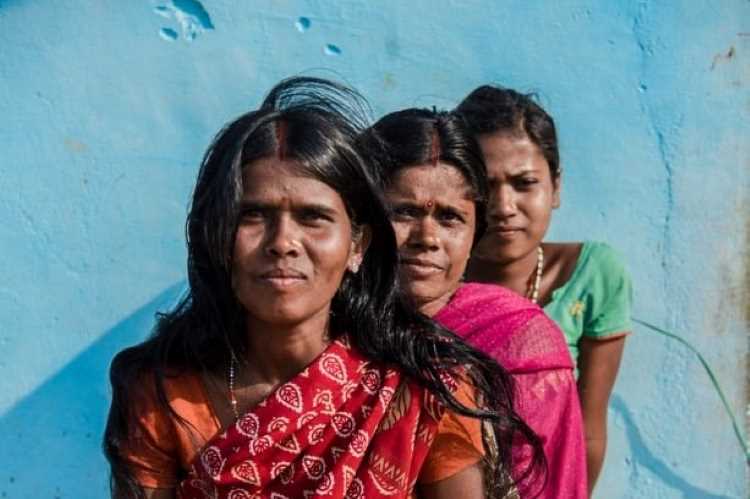The quest for gender equality: International Women’s Day is celebrated on March 8 every year to recognise the contribution of women in shaping an equal and sustainable world. While recognising the achievement of women in social, economic, cultural, and political spheres, the day makes a call for action towards general equality. The debate on equality is as old as human civilisation. The call for equality resonates more in a knowledge-driven global economy. In the academic world, there are a number of diverse opinions on the subject. Scholars such as Smith, Piketty and Wilkinson have argued for either side of the equality debate.
The term inequality is generally viewed through the prism of income inequality, social inequality, and gender inequality. When the discrimination is on the basis of gender, it affects the overall progress of society. A McKinsey Global Institute (MGI) report in 2018 explained how gender equality can add $12 trillion to the global economy and $700 billion to India’s growth by 2025.
READ I The invisible women in India’s farmer producer organisations
Monitoring gender inequalities
The World Economic Forum (WEF) has published the Gender Gap Report every year since 2006 to monitor the gap between men and women. The report offers insights into the gender gap on four key dimensions of human life — economic participation and opportunity, education attainment, health and survival, and political empowerment. Last year’s report has analysed the situation in 156 countries across eight regions of the world.
WEF’s 2021 report has made some shocking observations. No country in the world has ever achieved full gender parity. To date, the global gender gap is 68%, which is expected to take another century to bridge at the current rate of progress. Across the 156 countries covered by the study, women account for only 26.1% of the 35,500 parliament seats and 22.6% of the 3,400 ministers. As of January 15, 2021, there has never been a female head of state in 81 countries.
READ I Rewarding inefficiency: Delimitation of Lok Sabha, state assembly seats can wait
There is a significant difference between the four dimensions of the global gender gap. In the two sub-indices — health and survival and educational attainment – gaps of just 4% and 5% respectively need to be closed. In contrast, the difference between men and women in political empowerment, economic participation, and opportunity have remained significantly larger. Till 2021, only around 22% and 58% of the gaps have been closed so far in political empowerment and economic participation respectively.
Political empowerment is one area that lags in gender parity. No country has fully closed this gap yet. Iceland (70% of gender gap closed) is the only country in the world where the presence of women in the parliament and ministries and as heads of state is widespread. Iceland’s score is 10% higher than the second-ranked Finland and is almost four times greater than the global average. Vanuatu and Papua New Guinea are two countries in the world without a single woman in parliament.
READ I Climate change: IPCC report warns of closing window of opportunity
When it comes to the heads of states, the situation is worrisome. The report reveals that over the past 50 years, there has never been a woman head of state in 81 (more than half) of the 156 countries covered by the report. Interestingly, this includes emerging and advanced economies such as Italy, Japan, Mexico, the Netherlands, Russian Federation, South Africa, Spain, Sweden, and the US. There are 17 countries where women have been in power collectively for less than a year in the last 50 years. This list includes developed countries such as France (0.89 years) and Canada (0.36 years) where gender parity exists in several spheres.
There is also a substantial gap between men and women when it comes to economic participation and opportunity. The report reveals that globally only 58% of the gap has been closed so far. Even among the best and the worst performing countries, there is sharp dispersion (40%) in economic participation and opportunity. When it comes to the gap between men and women in the workplace, the top ten countries have closed at least 80% of the gap while the bottom ten countries have only closed 40% of the gap.
Gender equality in India
The situation in India is far worse than that of some of the neighbouring countries Bangladesh, Nepal, Sri Lanka, Maldives and Bhutan. With an overall score of 0.625 which is less than the global average (0.677) and slightly higher than the South Asia figure, it ranks at 140 globally in the Global Gender Gap Index. The data reveals that there is a huge disparity between men and women.
Except in political empowerment, India’s score in the rest of the dimensions is less than the average score of South Asia and the world. In dimensions like economic participation and opportunity and health and survival, India is 5th and 2nd respectively from the bottom of the list. India’s ranking has fallen dramatically from the 98th position in 2006 to the 140th position in 2021. Over the same period, its ranks slipped in every dimension.
The widening gender gap in India needs to be addressed by policymakers on an urgent basis. If India progresses at the current pace, it may take another 50 years to eliminate the gap between men and women. India needs to take strident steps to eliminate gender discrimination and empower women.
(Shashank Vikram Pratap Singh is Assistant Professor, Shri Ram College of Commerce, University of Delhi. Deepika is Assistant Professor, Acharya Narendra Dev College, DU.)

